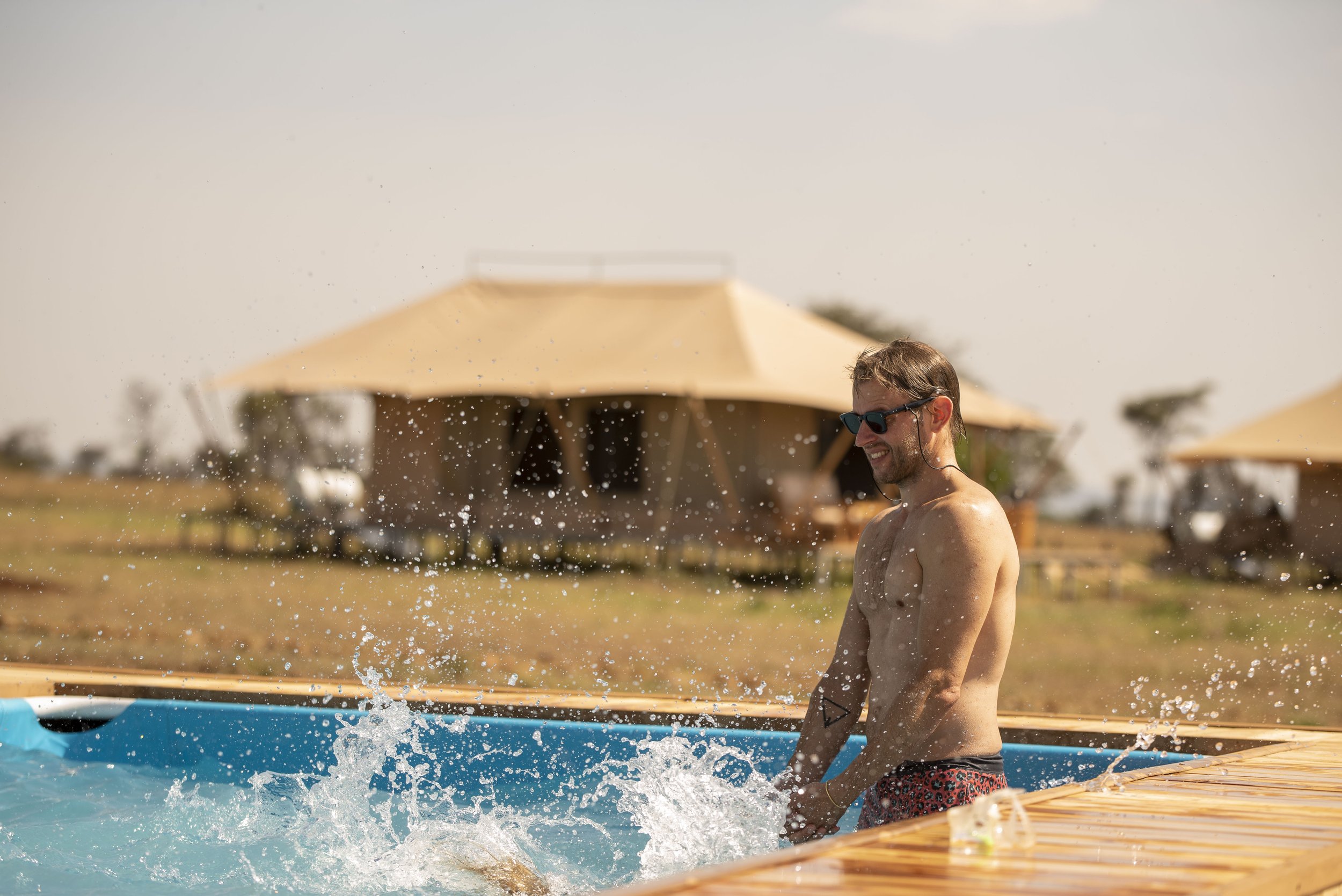Ngorongoro Crater
Kilimanjaro Climb
Overview
The Ngorongoro Crater is often called the “Eighth Wonder of the World” and is a UNESCO World Heritage Site. Formed around 2–3 million years ago after a massive volcanic eruption, it is the world’s largest intact volcanic caldera, spanning 260 square kilometers with walls rising over 600 meters. This natural amphitheater is home to an astonishing concentration of wildlife, making it one of Africa’s premier safari destinations.
Because of its fertile soils, permanent water sources, and lush grazing grounds, the crater floor sustains over 25,000 large animals year-round — a safari paradise where wildlife viewing is almost guaranteed.
All about ngorongoro conservation area
Wildlife in Ngorongoro Crater
Big Five: Lions, elephants, buffalo, leopards, and the highly endangered black rhinoceros.
Predators: Large prides of lions, spotted hyenas, jackals, and occasional cheetahs.
Herbivores: Huge populations of wildebeest, zebras, gazelles, and hippos.
Birdlife: Flamingos and pelicans on Lake Magadi, plus over 500 bird species including ostriches and crowned cranes.
Unique Features: The crater offers one of the best chances in Tanzania to see the elusive black rhino.
Activities in Ngorongoro
Crater Floor Game Drives: Half-day safaris inside the crater to see Big Five and dense wildlife populations.
Crater Rim Views: Stunning panoramas from lodges and viewpoints along the rim.
Cultural Encounters: Visit Maasai villages on the crater rim to learn about traditional pastoralist life.
Nature Walks: Guided walks in the highlands surrounding the crater (outside the floor).
Highlights of Ngorongoro Crater
See the Big Five in one place.
Spot rare black rhinos.
Witness huge herds of herbivores in a dramatic natural setting.
Enjoy spectacular panoramic views from the crater rim.
Visit nearby Maasai villages and learn about their way of life.












